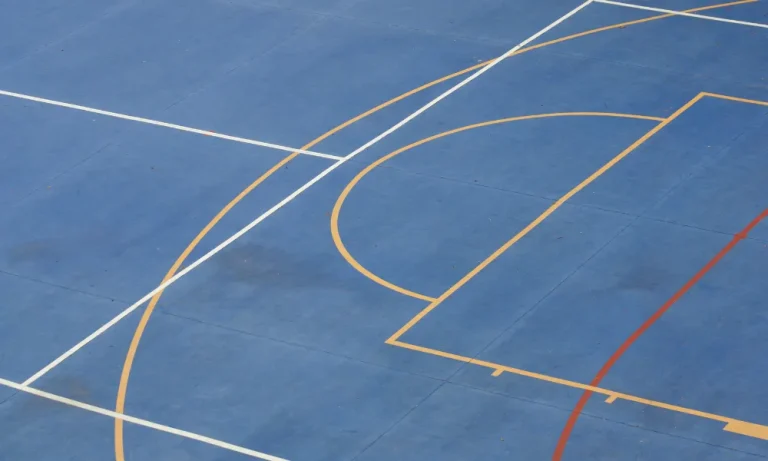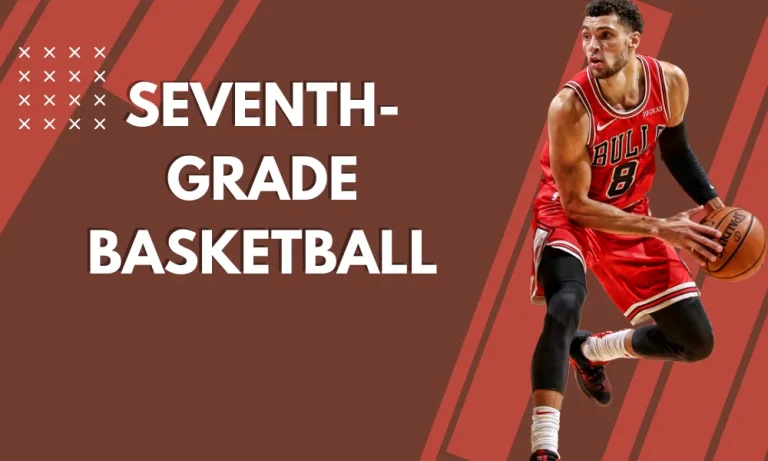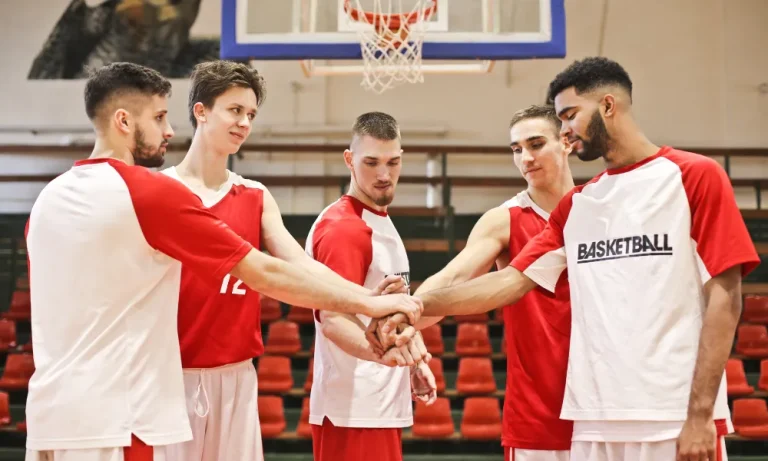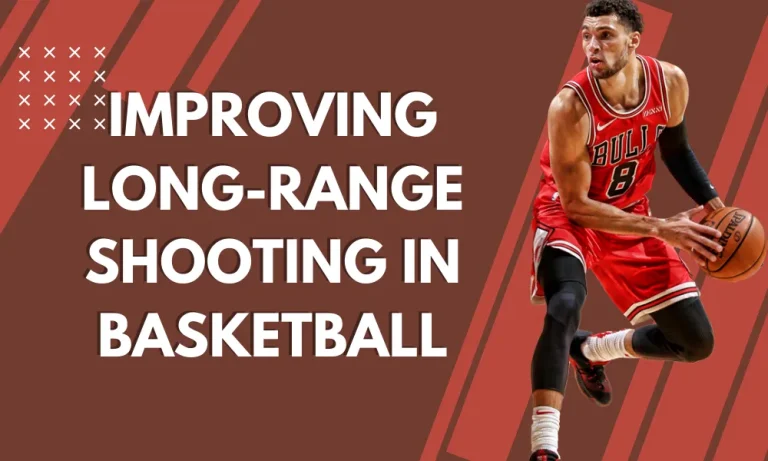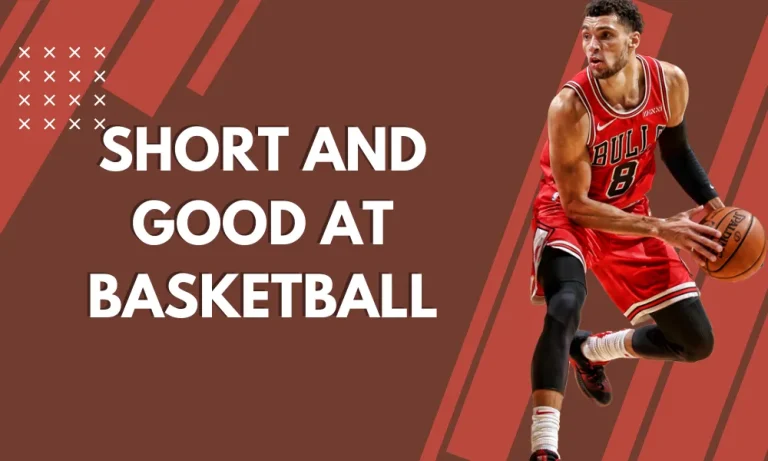Duration of High School Basketball Games: What to Expect
Are you excited about attending your first high school basketball game? Or perhaps you’re a player or coach curious about the average duration of these thrilling matches? In this article, we’ll explore the duration of high school basketball games, discussing factors that influence their length and how players and coaches can optimize game time. Let’s dive in!
Why does the duration of high school basketball games vary?
When it comes to high school basketball games, you may have noticed that their duration can vary from one match to another. There are several factors that influence the length of these games, and understanding them can give you a better idea of what to expect. Let’s explore some of these factors together.
One major factor that impacts the duration of high school basketball games is the team strategies employed by the competing teams. Some teams prefer a fast-paced, up-tempo style of play, while others opt for a more deliberate and methodical approach. The style of play can significantly affect the overall game length. Fast-paced games tend to have more possessions, leading to higher scoring and potentially shorter game times. On the other hand, slower-paced games with fewer possessions may take longer to complete.
Competitiveness also plays a role in game duration. When teams are evenly matched and the score remains close throughout the game, it often leads to a more intense and tightly contested match. This can result in additional timeouts being called, as teams strategize and adjust their game plans. The competitive nature of the game can introduce more stoppages, ultimately prolonging the duration.
What is the average duration of a high school basketball game?
As someone who is curious about high school basketball games, you may be wondering how long these matches typically last. Let’s explore the average duration of a high school basketball game and gain insights into the different periods and levels of competition.
The duration of a high school basketball game can vary depending on the specific league or association, but a common structure includes four quarters or two halves. Each quarter or half usually lasts around 8 to 10 minutes, resulting in a total game time of approximately 32 to 40 minutes. However, it’s important to note that these times can differ based on league regulations and game situations.
When comparing the duration of high school basketball games across different levels of competition, such as junior varsity (JV) and varsity games, variations can be observed. JV games typically have shorter game times compared to varsity games. For instance, JV games may consist of six-minute quarters or shorter halves, resulting in a total game time of around 24 to 30 minutes. Varsity games, on the other hand, usually adhere to the standard duration mentioned earlier.
It’s worth mentioning that game durations can also be influenced by factors such as team strategies, competitiveness, and rule variations, as discussed earlier. These factors, along with the level of play, can contribute to variations in game lengths.
How can game duration be influenced by the style of play?
The style of play in a high school basketball game can have a significant impact on its duration. Let’s delve into the effects of fast-paced versus slow-paced games and explore how offensive and defensive strategies can influence game speed.
Fast-paced games are characterized by quick transitions, frequent scoring opportunities, and a high number of possessions. In such games, teams aim to push the ball up the court rapidly, often opting for fast breaks and aggressive offensive plays. These games tend to have shorter durations because of the continuous action and limited time spent on setting up half-court offenses. The constant back-and-forth flow of the game leads to more scoring opportunities and fewer stoppages, resulting in a faster-paced and more thrilling experience.
On the other hand, slow-paced games focus on deliberate ball movement, careful shot selection, and controlled offensive possessions. Teams employing a slow-paced style often emphasize ball control, patience, and precision.
This approach can extend the duration of the game, as teams take their time to set up plays, run down the shot clock, and strategically plan their offensive moves. Slow-paced games tend to have fewer overall possessions, which can lead to lower scoring and more deliberate gameplay.
Both offensive and defensive strategies can also influence game speed. Offensive strategies that involve quick ball movement, fast breaks, and aggressive attacking can accelerate the pace of the game.
Conversely, offensive strategies that prioritize ball control, deliberate passing, and working the shot clock can slow down the tempo. Similarly, defensive strategies such as full-court pressure and aggressive trapping can create turnovers and fast-paced transitions, while defensive strategies that prioritize half-court defense and limit fast breaks can lead to a slower game pace.
How do high school basketball games manage time efficiently?
Efficient time management is crucial in high school basketball games to ensure a smooth and fair playing experience. Let’s take a look at how shot clocks and the roles of referees and timekeepers contribute to maintaining game flow and managing time effectively.
Shot clocks play a vital role in regulating the pace of the game. These clocks are used to ensure that teams take shots within a specified time limit, preventing teams from holding onto the ball for extended periods.
Shot clocks typically range from 24 to 35 seconds, with the specific duration varying based on league regulations. By enforcing shot clock rules, high school basketball games are able to promote an up-tempo style of play, encouraging teams to make quick offensive decisions and reducing time wasted on deliberate stalling tactics.
Referees and timekeepers also play a crucial role in managing time efficiently during high school basketball games. Referees are responsible for enforcing game rules and ensuring fair play.
They closely monitor game situations, including the shot clock, fouls, and timeouts, to maintain a smooth flow. Timekeepers, on the other hand, are responsible for accurately tracking the game clock, signaling the start and end of quarters, and managing timeouts.
Their role is vital in ensuring that the game progresses in a timely manner and that all time-related aspects are properly managed.
What are the potential factors that extend game duration?
Several factors can contribute to extending the duration of high school basketball games. Let’s examine the impact of overtime periods and the potential game delays caused by injuries, technical difficulties, or other unforeseen circumstances.
Overtime periods are one factor that can significantly extend the length of a basketball game. Overtime occurs when the scores are tied at the end of regulation play, and additional periods are played to determine a winner.
Each overtime period typically lasts for a specified duration, such as four minutes. If the game remains tied after the first overtime, subsequent overtimes are played until a winner is determined.
As a result, the duration of the game can be extended significantly, especially if multiple overtime periods are required. Overtime periods add excitement and suspense to the game but can also contribute to a longer overall duration.
Game delays caused by injuries, technical difficulties, or unforeseen circumstances can also extend the duration of high school basketball games. Injuries to players may require medical attention and potentially result in stoppages in play.
Technical difficulties, such as malfunctioning equipment or power outages, can interrupt the game and lead to delays while the issues are resolved. Additionally, unforeseen circumstances like inclement weather or other emergencies may require the game to be temporarily suspended or rescheduled.
These factors can all contribute to extended game durations, as the necessary actions are taken to address the situations at hand.
How can players and coaches optimize game duration?
Both players and coaches can contribute to optimizing the duration of high school basketball games. By maintaining a good pace and employing effective strategies, they can help minimize unnecessary stoppages and ensure a smooth and efficient game flow.
Players can play a crucial role in optimizing game duration by maintaining a good pace during the game. This involves making quick decisions on the court, such as passing the ball efficiently, taking shots within the shot clock limit, and avoiding unnecessary delays.
Players can also focus on improving their overall fitness and conditioning, as fatigue can lead to slower gameplay and more frequent stoppages. By staying alert and actively participating in the game, players can contribute to a faster and more exciting basketball experience.
Coaches, on the other hand, can employ strategies to manage timeouts effectively and minimize unnecessary stoppages. Timeouts are valuable breaks during the game that allow teams to regroup, strategize, and make necessary adjustments.
However, excessive or poorly timed timeouts can disrupt the flow of the game and extend its duration. Coaches can optimize game duration by strategically using timeouts, considering factors such as momentum shifts, critical game situations, and fatigue levels.
By using timeouts judiciously and effectively, coaches can help maintain a good pace and prevent unnecessary stoppages.
Conclusion
Are you ready for some exciting basketball action? High school basketball games are not only thrilling but also come with their own unique duration factors. From overtime periods to game delays, there are several aspects that can extend the length of these games.
However, players and coaches have the power to optimize game duration by maintaining a good pace, making quick decisions, and employing effective timeout management strategies. By doing so, they can ensure a smooth and efficient basketball experience.
FAQs: Duration of High School Basketball Games: What to Expect
How long can overtime periods extend a high school basketball game?
Overtime periods can extend the game by several minutes or even longer, depending on the number of overtime periods required to determine a winner.
What are some common causes of game delays in high school basketball?
Game delays can occur due to injuries, technical difficulties (e.g., equipment malfunctions), or unforeseen circumstances like inclement weather or emergencies.
Can players influence the duration of a high school basketball game?
Yes, players can optimize game duration by maintaining a good pace, making quick decisions, and avoiding unnecessary delays on the court.
How can coaches manage timeouts effectively to minimize game stoppages?
Coaches can strategically use timeouts, considering factors such as momentum shifts, critical game situations, and fatigue levels, to minimize unnecessary stoppages.
Are there any rules or regulations regarding the duration of high school basketball games?
The duration of high school basketball games is typically determined by the rules and regulations set by the governing athletic associations or organizations.
Can game delays be avoided completely in high school basketball?
While some unforeseen circumstances may be unavoidable, proactive measures can be taken to minimize game delays and ensure a smoother and more efficient basketball experience.

